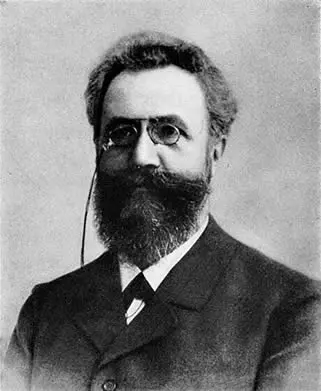Herman Ebbinghaus was a psychologist who, in 1885, applied the scientific method to study how people learn, remember, and forget. As a result of his research, some of the things he developed include the learning curve, the forgetting curve, the Spacing Effect, and the primacy/recency effect. His research was groundbreaking and he was considered a pioneer in memory and learning research. While some of it has since been expanded upon, Ebbinghaus’ theories and data are still used today.
The Learning Curve
Ebbinghaus discovered that when we first learn a new subject or skill we struggle, but the rate at which we acquire knowledge quickly increases as we gain mastery until we reach a point of diminishing returns and eventually level off. This pattern is consistent regardless of what the content or topic is.
For trainers, this means that we need to expect and prepare our learners for an initial struggle and challenges when they learn new terminology and content, such as a disease state. However, once it “clicks” and they have a learning breakthrough, they will make faster progress.
The Forgetting Curve
To understand the workings of the brain, Ebbinghaus experimented on himself. He tested his ability to remember a string of words over different periods of time. He found a consistent pattern to the decline of his ability to recall these words over time. Immediately after the learning event, his recall was 100 percent, but his memory dropped sharply during the first few days and was exponential until it flattened out and he had lost about 80% at around 31 days after the learning event. This is called the Ebbinghaus Forgetting Curve.


For trainers, the Ebbinghaus Forgetting Curve shows us the following: if we do nothing to reinforce or help our learners remember the content they have been taught, they will forget much of it (roughly 80%) during the first 30 days after a learning event. From time to time, you may see the loss percentage at 30 days quoted as high as 90% due to further studies other researchers have done; however, Ebbinghaus’ original Forgetting Curve showed the loss at ~80% at 31 days. To fight the Ebbinghaus Forgetting Curve and improve memory as well as ensure that a higher percentage of the content is retained, you need to use tools such as the Spacing Effect (see next paragraph) and incorporate frequent reinforcement activities.
The Spacing Effect
One way to overcome the Ebbinghaus Forgetting Curve is the Spacing Effect. If learning is conducted over a period of time with spaces in between the segments, the learner has time to process the material, internalize the information, and is more likely to remember it over time. It’s important to note that the Spacing Effect is not about reviewing information. Reviewing refers to re-presenting of material that the learner was already taught but may have forgotten. In addition, the Spacing Effect isn’t about the value of spending extra time learning a topic. Both re-presenting and spending extra time are good reinforcement techniques; however, the Spacing Effect is only about how to distribute the amount of time available to study one topic or set of materials.





